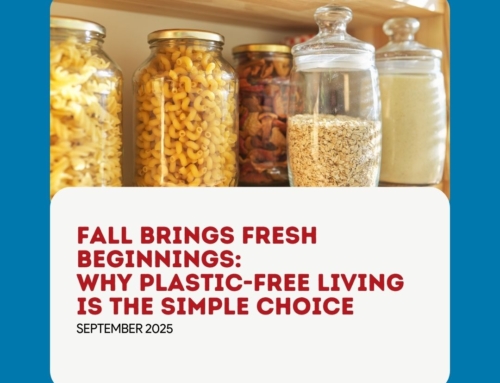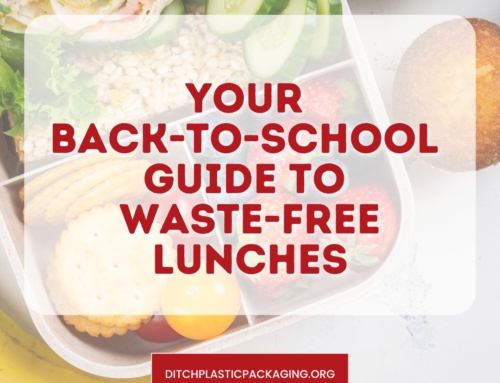
Winter won’t last forever; now’s the perfect time to move toward a new spring garden. If you want to put your green thumb to good use, there are several ways you can transform an ordinary garden into an eco-friendly oasis. Let’s dive into how to plan for a sustainable spring garden and incorporate small changes that make a big impact. This year, why not make your gardening efforts even more rewarding by planning with sustainability in mind?
1. Start with Seed Starters: Try Paper Egg Cartons
Starting seeds indoors is one of the first steps in preparing for your spring garden. Rather than relying on plastic seed starter trays that can take years to break down, opt for a simple, biodegradable alternative: paper egg cartons.
Why Paper Egg Cartons?
- Eco-Friendly: Paper egg cartons are biodegradable and won’t contribute to landfill waste. When you’re ready to transplant your seedlings outdoors, you can simply plant the entire carton into the ground, which will break down naturally.
- Affordable: Egg cartons are something most of us already have around the house, so you’re recycling and reusing at the same time. It’s a win-win!
- Great for Seedlings: An egg carton's compartments provide ample space for each seedling to grow. They’re also the perfect size for starting small vegetables, herbs, or flowers.
To use paper egg cartons for seed starting, simply fill each compartment with potting soil, plant your seeds according to the instructions, and water gently. Once your seedlings have sprouted and are ready to be transplanted, you can easily cut apart the compartments and plant them directly in your garden bed or pots. No plastic waste, and your plants are happy!
2. Choose Plastic-Free Soil and Fertilizers
While we’re all familiar with plastic bags of soil and fertilizers at garden centers, eco-friendly alternatives exist. For example, you can choose loose soil from a local supplier or check if your gardening center offers compost and fertilizers in bulk. You can also bring reusable bags or containers to reduce plastic usage. If you're feeling particularly adventurous, consider making your own compost at home. You can turn kitchen scraps and garden waste into nutrient-rich soil for next season's garden. Did you know that 28 percent of landfill waste could have been composted? That’s a whole lot of wasted garden potential.
3. Opt for Biodegradable Pots or Containers
Plastic plant pots are a staple in many gardens, but they take hundreds of years to break down in landfills. Instead, consider using biodegradable alternatives like:
- Coconut Coir Pots: These pots are made from coconut husks and are fully compostable. Once your plants are ready for transplanting, the pot can go directly into the soil.
- Peat Pots: While there is some debate about peat harvesting and its environmental impact, peat pots are still a biodegradable option that many gardeners use.
- Cardboard Pots: Cardboard plant pots are another great alternative. Once the plants are ready to be planted, they will break down naturally in the soil.
Switching to biodegradable pots reduces your garden’s plastic footprint and encourages healthy, sustainable plant growth.
4. Reduce Lawn Maintenance and Water Usage
Spring gardening isn't just about what you plant; it’s also about how you care for your garden. For example, reducing your lawn’s water and fertilizer needs can help reduce your environmental footprint. Consider xeriscaping or planting drought-tolerant plants that require less water. Additionally, you can set up a rainwater collection system to reduce your reliance on municipal water.
By reducing the size of your lawn or switching to more water-efficient plants, you can save water and reduce the need for plastic-based products like sprinklers and hoses.
5. Give New Life to Old Materials
Before you purchase new garden items, consider what you already have. Old wooden crates, used wine bottles, and even mismatched ceramic cups can be repurposed into garden planters. Repurposing household items is a creative way to personalize your garden and a powerful way to reduce waste. According to a study by the Environmental Protection Agency (EPA), approximately 75% of the items in our household waste can be recycled or repurposed.
Final Thoughts: Spring Into Sustainability
Planning for your spring garden doesn’t have to mean filling your space with plastic. With a bit of creativity and effort, you can cultivate a beautiful, eco-friendly garden that produces healthy, organic food and flowers and leaves a smaller environmental footprint. So grab your tools, plan ahead, and get ready to embrace a season of growth - both for your garden and for the planet.
Tag us on social media with #SustainableGarden, #PlasticFreeGardening, and #DitchPlasticPackaging to show us how you're making your spring garden eco-friendly! Follow us on Facebook and Instagram for more plastic-free inspiration. Happy gardening!





